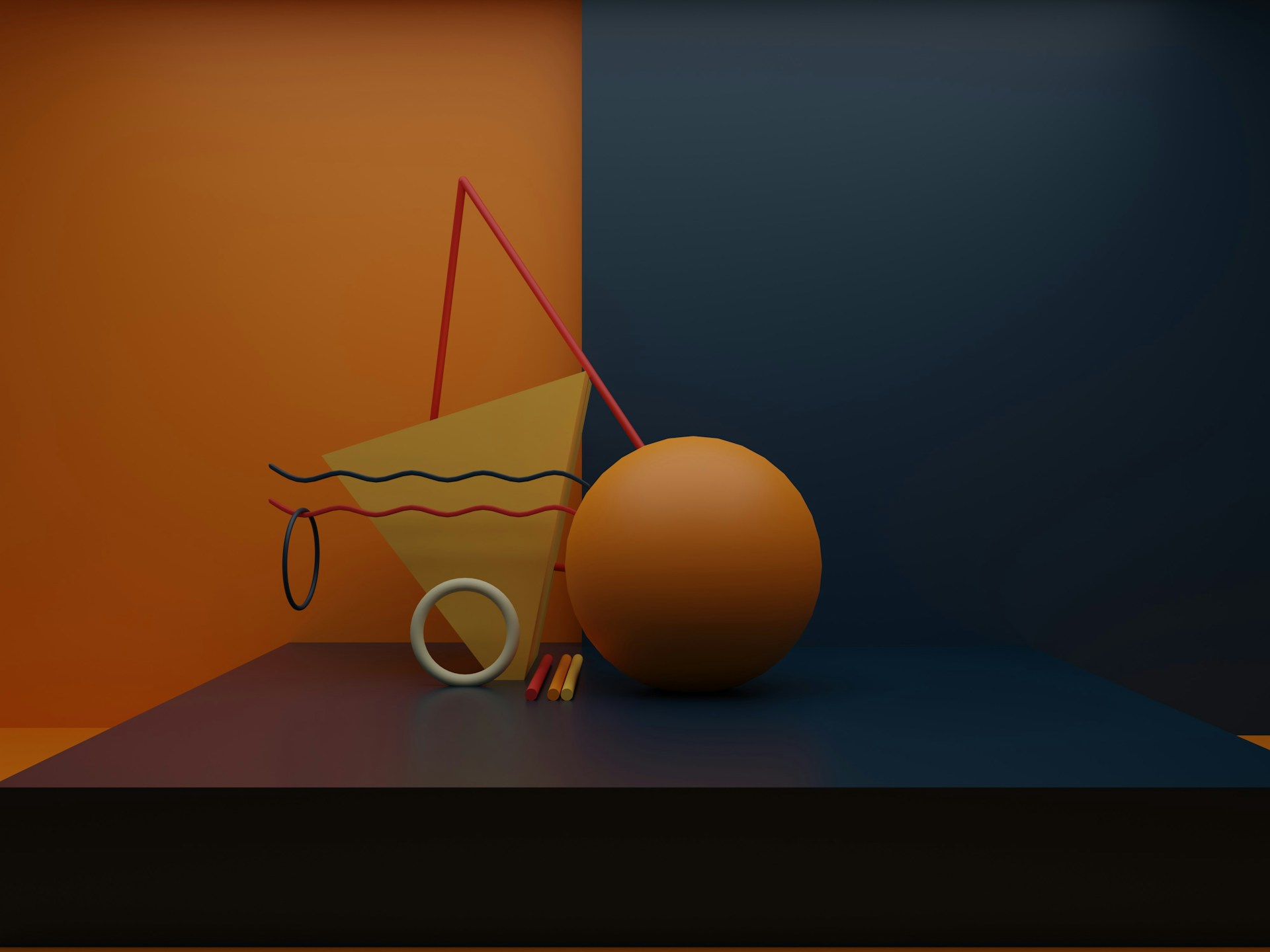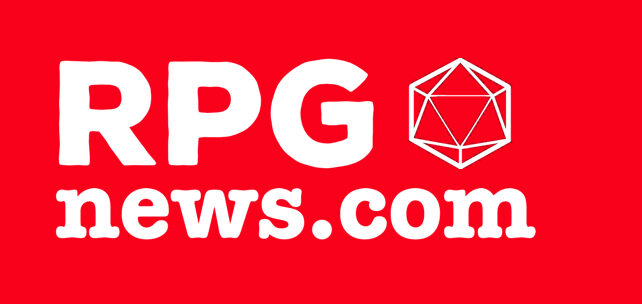
Harmony and its opposite, the kludge, are fundamental to good game design.
“Harmony makes small things grow, lack of it makes great things decay.” Sallust
What is Harmony in Game Design?
The definition of harmony in the context of game design is different from other systems, like music. Harmony is often noted by its absence. Here is a quote from a 1997 lecture by Brian Moriarty where this concept of harmony in game design comes from:
It’s something you feel. How do you achieve this feeling that everything works together? Where do you get this harmony stuff? Well, I’m here to tell you that it doesn’t come from design committees. It doesn’t come from focus groups or market surveys. It doesn’t come from cool technology or expensive marketing. And it never happens by accident or by luck. Games with harmony emerge from a fundamental note of clear intention.
I prefer a simpler definition: “everything in the game feels as though it belongs there and contributes to the purpose and feeling of the game as a whole.” That’s harmony. It’s important because games are not just collections of mechanics. Not just data. Not just metrics. Games make intellectual and emotional impressions on players, and lack of harmony is noticeable, sometimes clearly, sometimes in subtle ways.
What Harmony is Not
Harmony is not the same thing as “elegance.” Even the term elegance is sometimes used as a bludgeon to attack fans of other kinds of tabletop games. “Elegant” is often used in much the same sense as “clever.” It’s usually used in relation to abstract games, games that are not simulationist.
Harmony isn’t cleverness; it’s something that affects the game as a whole. It’s about appropriate fit. Now what’s an appropriate fit depends on what standards people are using, and those standards have changed over the years. Think about movies and TV shows over the years. What makes sense? The screen has always required a heavy “suspension of disbelief,” but those entertainments have consistently become less believable. People will accept all kinds of foolishness and huge plot-holes because the program is otherwise entertaining.
This may well be due to more forms of narrative entertainment becoming more popular. Superhero movies and television shows have made previously unbelievable plots mainstream. Similarly, tabletop role-playing games are more popular than ever, and as storytelling and narrative has become ascendant, more play styles have become accepted. Rules alone are not required to make a game great, because games are more than just their rules.
Now that tabletop games are more mainstream and there’s more space to enjoy them not as tactical simulations but as fun time killers, “harmony” in rules is much less important to gamers. Harmony can now mean more than just harmonized rules, but harmony in narrative, and even fun. Even with all these new forms of gaming expression, harmony matters — dissonant rules, odd themes, or abrupt tone shifts can all make a game feel like something is off, even if players can’t point to one particular rule or plot point that makes it feel that way.
And its Opposite
What’s the opposite of harmony? The Kludge. I borrow this term from software (“kludgy” is the adjective that’s used.) A kludge is a tacked-on solution to a particular problem, or a solution that works but isn’t consistent with the rest of the program. Fortunately, unlike software, kludges are easier to address in game design.
Games that lack rules harmony or have kludgy aspects can be challenging to play, though some succeed. Fortunately, most inharmonious games are never published, or only self-published. Players may not always recognize the inharmony, but its existence still affects the game. Designers may not recognize inharmony if they think of the game as “their baby.” But that doesn’t diminish the importance of eliminating kludgy rules from the game. I’ll discuss the Kludge at length next time.
Your Turn: How do you deal with the inharmonious aspects of your favorite games?
Read more at this site
